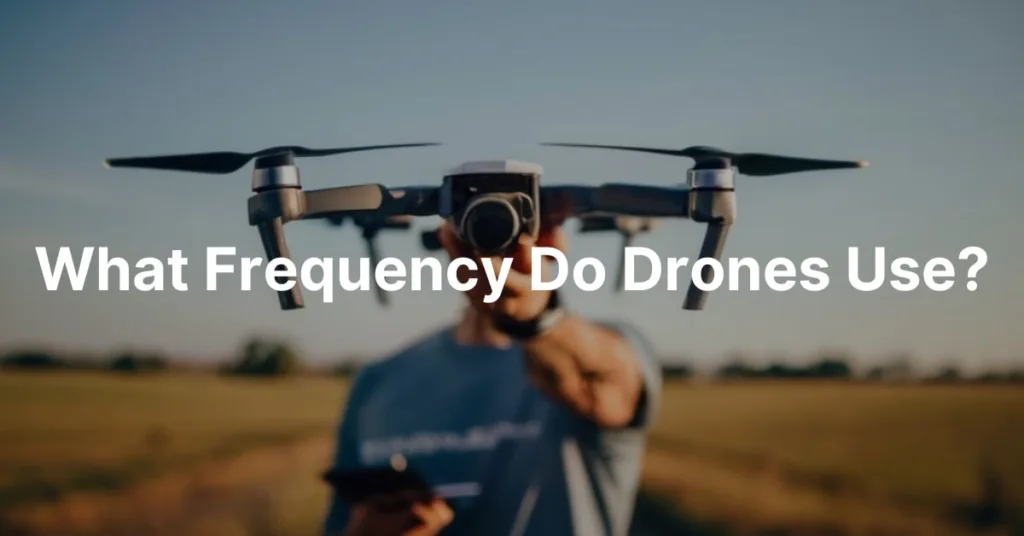

re you interested in finding out the frequency that drones use to send signals when flying in the sky?
Are you looking for ways to keep your drone secure and away from tinkering by other operators? If so, then this article is what you need!
As today’s technology continues to advance and evolve, it is essential for those who own or operate a drone to understand the different frequencies that their aircraft uses.
In this blog post, we will discuss what frequency do drones use, some tips for choosing the right frequency range of operation, and why it’s best not to try manipulating any settings unless necessary.
What Frequency Do Drones Use?
The frequency that drones use to send signals when flying in the sky depends on their purpose.
Generally, consumer-grade and commercial drones operate at frequencies between 2.4GHz and 5.8GHz.
Most commercially available consumer drones have a built-in frequency range of 2.4 GHz and 5.8 GHz for sending radio signals back to the controller.
This range is generally accepted as a standard for two-way radio communication between devices, and it works well with most consumer drones.
For commercial operations such as aerial photography or delivery services, many of the same frequencies are used but in different configurations (e.g., combinations of 2.4GHz and 5.8 GHz).
Frequencies in Drone Communication
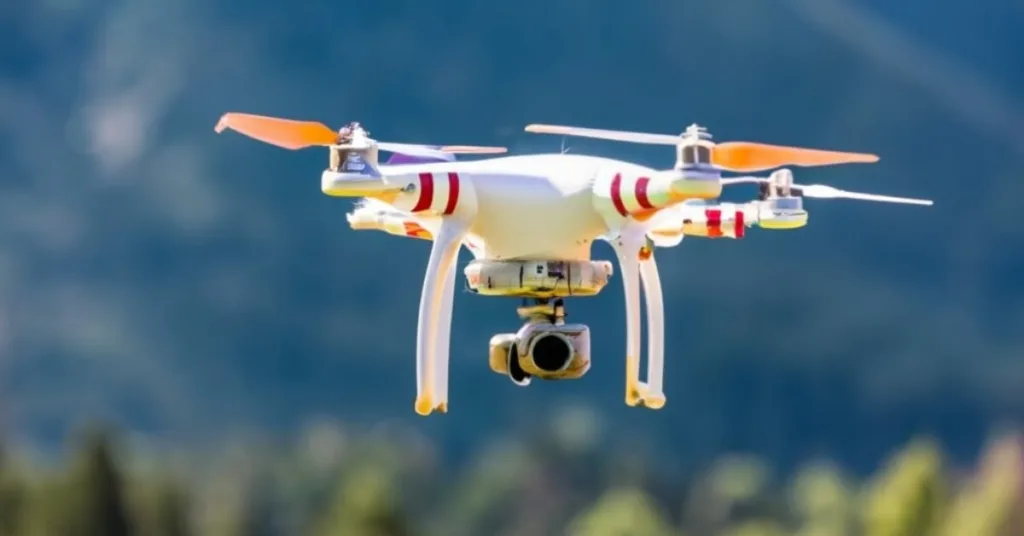

The frequencies utilized in drone communication play a key role in ensuring interactions between the drone itself, the remote controller, and fellow airspace users.
These frequencies are strategically allocated across a spectrum, containing various types of radio waves like AM, FM, and Bluetooth.
As we delve into the difficulties of drone communication, it becomes clear that selecting the right frequency band is important.
In particular, frequencies like 2.4 GHz and 5.8 GHz come into play. These specific radio frequencies are chosen for their efficiency in facilitating drone communication, providing a reliable connection between the remote control and the drone.
However, it’s crucial to exercise caution when operating within these frequency bands.
Care must be taken to ensure that your drone’s chosen frequency range falls within the designated 2 GHz and 5 GHz frequency bands.
Doing so can minimize the risk of interference with other radio waves occupying adjacent portions of the spectrum.
This particular frequency management is especially vital in the realm of drone technology.
Drone pilots rely on the precision of their remote-controlled drones, and any interference can lead to unwanted consequences.
Therefore, understanding the radio spectrum and the allocation of frequencies becomes essential to operating drones safely and effectively.
For instance, remote-controlled drones often depend on common frequencies like 900 MHz and 1 GHz, each serving specific functions in drone communication.
On the other hand, ground transmitters and wireless signals in the 5 GHz frequency band play a crucial role in maintaining a stable connection between the controller and the drone.
Additionally, it’s worth noting that different frequencies have varying characteristics.
While lower frequencies, such as 900 MHz, are known for their ability to penetrate obstacles and cover longer distances, higher frequencies, like 5 GHz frequency bands, offer enhanced data transmission rates but may have limitations in terms of signal penetration.
The effective utilization of specific radio frequencies is instrumental in the successful operation of drones.
Drone technology relies heavily on these bands to establish secure and strong connections, ensuring that drone pilots can navigate their aircraft with precision and confidence, all while avoiding interference with other radio communications.
Whether it’s the 900 MHz band for remote control or the 5 GHz frequency bands for video signals, understanding these frequencies is essential for the seamless integration of drones into our airspace.
Common frequency bands for drone operations


1. 2.4 GHz
The 2.4GHz frequency band is the most common frequency for consumer-grade drones, and it’s also used by many commercial drone operations.
It’s a good choice if you are operating in an area with fewer other users of the airspace or if you want to use a standard range with fewer potential interference issues.
Advantages
- Low potential for interference with other users
- Easy to set up and use
- Widely used by consumer drones
Limitations
- Limited range
- Potentially reduced performance in urban areas (due to a lot of other users on the same frequency)
2. 5.8 GHz
The 5.8GHz frequency band is the most common for commercial operations, and it’s often used in combination with 2.4GHz to maximize range and performance.
It has a longer range potential than 2.4GHz, but there is also more potential for interference from other users of the airspace.
Advantages
- Greater range potential
- Improved performance in urban areas (due to fewer users of the same frequency)
Limitations
- Increased potential for interference with other users
Other frequency bands (900 MHz, 1.2 GHz, 1.3 GHz, etc.)
In addition to the 2.4GHz and 5.8GHz frequency bands, other frequency bands can be used for drone operations.
These frequencies are often used in combination with 2.4GHz or 5.8GHz to extend the range of a system and improve performance in urban areas where there is a lot of radio noise.
However, these other frequency bands can be challenging to set up and use in some cases due to the complexity of the equipment needed.
Regulatory considerations


It’s essential to check with local authorities before flying a drone to ensure that any frequency used is approved in the area.
In some cases, specific frequencies may be restricted or even banned from use in certain areas due to their potential for interference with other airspace users.
Therefore, it’s essential to research all of the available frequency bands and regulations carefully before flying a drone.
Doing so can help ensure that your drone flights are safe and compliant with local laws or regulations.
Role of the Federal Communications Commission (FCC)
The Federal Communications Commission (FCC) is responsible for regulating the use of radio frequencies in the United States.
All drone operations must adhere to the FCC’s rules and regulations when flying in US airspace.
In addition to setting regulatory guidelines, the FCC sets minimum power requirements for specific frequency bands used for drone operations.
This helps ensure that operators don’t interfere with other airspace users or cause health risks to bystanders.
International frequency allocation
The frequency bands used by drones can vary from country to country.
For example, the European Union and China both have their own dedicated frequency bands for drone operations.
It’s essential to familiarize yourself with the approved frequencies in your area before flying a drone.
In some cases, it may even be necessary to obtain a license to use specific frequencies for drone operations.
Frequency selection for specific drone applications
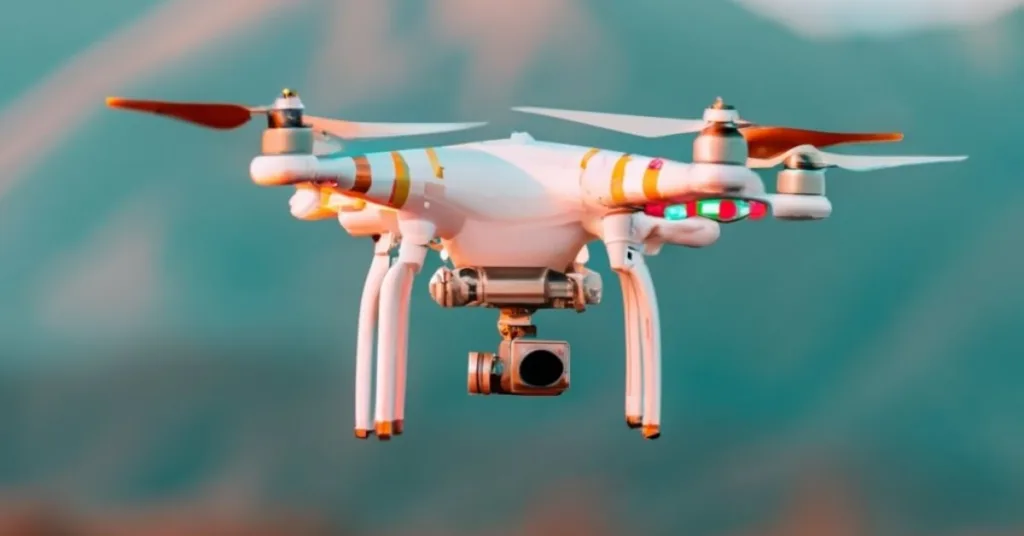

Consumer drones
Consumer drones typically operate in the 2.4GHz and 5.8GHz bands for control and video transmission, respectively.
The 2.4GHz band is commonly used by many consumer drones due to its lower power requirements and wide availability of compatible components.
This band is also subject to less interference from other devices than the 5.8GHz band.
The 5.8GHz band performs better video transmission performance than the 2.4GHz band, so it is often used for drones that require high-quality video streaming, such as professional photography and videography drones.
Professional drones (e.g., surveying, Agriculture)
For professional applications such as surveying and agriculture, the 900MHz band is often used for control, while the 5.8GHz band is used for video transmission.
The 900MHz band provides a good range and a more reliable connection than the 2.4GHz or 5.8GHz bands due to its lower power requirements and better signal propagation characteristics.
The 5.8GHz band is used for video transmission to provide better image quality than the other available bands.
Importance of avoiding interference
It’s essential to ensure that your drone is operating in an approved frequency range and that other devices are not interfering with the signal.
Interference can lead to unexpected behavior and even crashes when flying a drone, so it’s worth taking the time to familiarize yourself with the frequencies available for drone operations before you take off.
Future Trends in Drone Frequencies
As drone technology continues to advance, so too does the range of available frequencies.
In the future, we may see more sophisticated frequency sharing systems that allow drones to detect and avoid interference from other devices as well as improved encryption for secure data transmission.
We may also see new bands open up specifically for drone use in order to provide even more reliable connections between the drone and its controller.
As these developments are made, drones will be able to fly farther and provide better quality video and data with fewer worries about interference or signal loss.
No matter what frequency your drone operates on, it’s important to make sure you understand how to use it safely and responsibly in order to ensure that you and your drone both have a successful flight.
Frequently Asked Questions
Can you jam a drone frequency?
Yes, it is possible to jam a drone frequency. However, this is illegal in many countries and may interfere with other devices operating in the same frequency range.
It is important to check local regulations before attempting to jam any frequencies.
How far can a 2.4 GHz drone go?
A 2.4 GHz drone can typically fly up to about 1 mile from its controller, although the exact range varies depending on the type of drone, model, and other factors. It is essential to ensure you follow all local regulations when flying a drone at any distance.
How far can a 5.8 GHz drone go?
A 5.8 GHz drone has a longer range than a 2.4 GHz drone, with some models able to fly up to 3 miles from its controller.
However, this range can vary depending on the type of drone and other factors. As with any frequency, it is essential to ensure you follow all local regulations when flying a drone at any distance.
What radio frequency do DJI drones use?
DJI drones typically use the 2.4 GHz frequency band for their remote control and the 5.8 GHz frequency band for their video transmission.
However, some models may have different frequencies depending on the model and type of drone.
Be sure to check your specific model before attempting to fly it to ensure you use the correct frequencies.
Conclusion (What frequency do drones use)
In conclusion, it is essential to understand what frequency drones use to ensure you follow all local regulations.
Typically, most drones will use either the 2.4 GHz or 5.8 GHz frequencies for remote control and video transmission, although some may have different requirements depending on the model.
When flying a drone, it is always important to ensure that you follow all local regulations and use the correct frequencies for your particular model.
This concludes our guide on what frequency do drones use. We hope you found this article to be informative and valuable!
Happy flying!


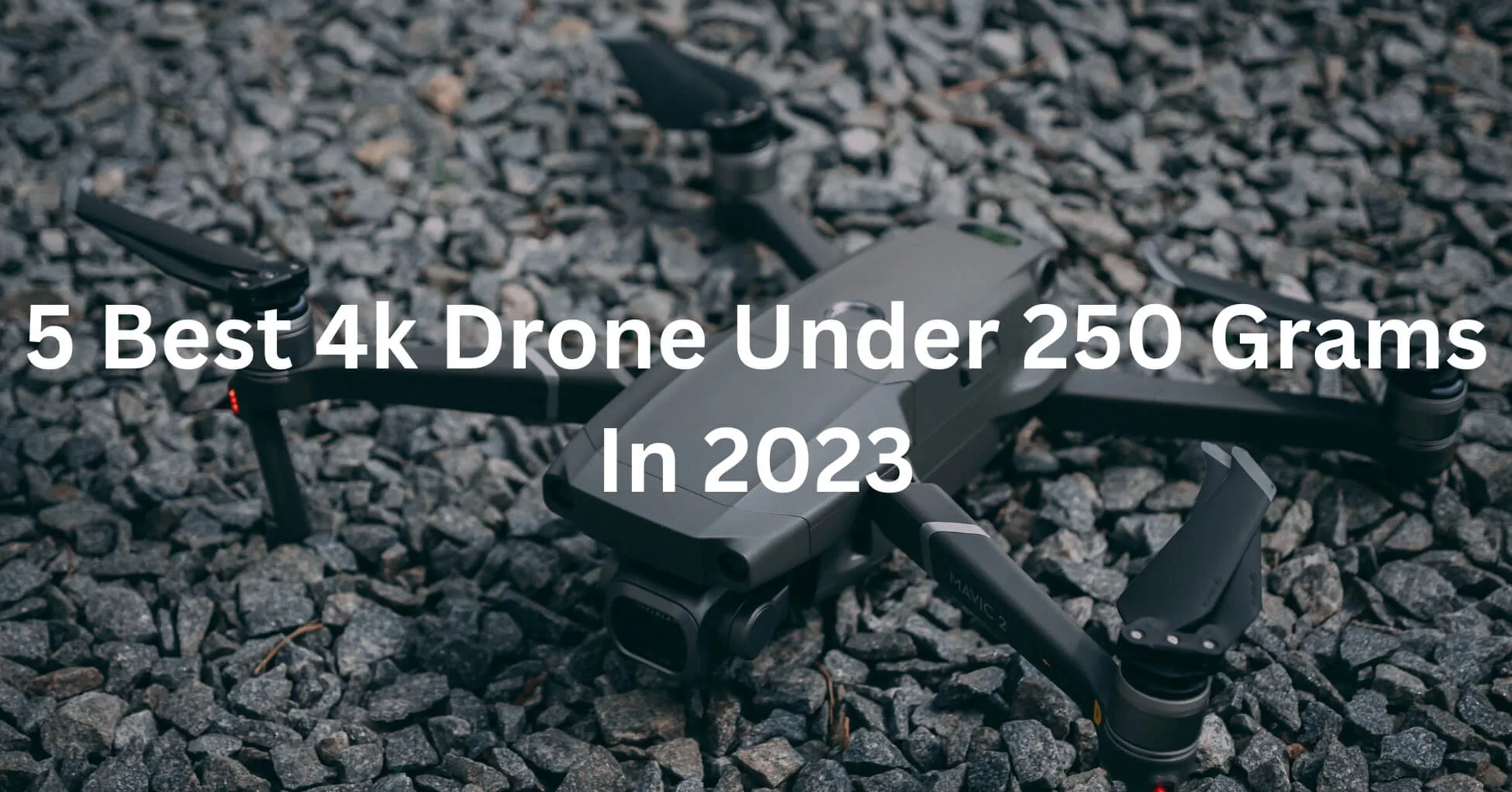
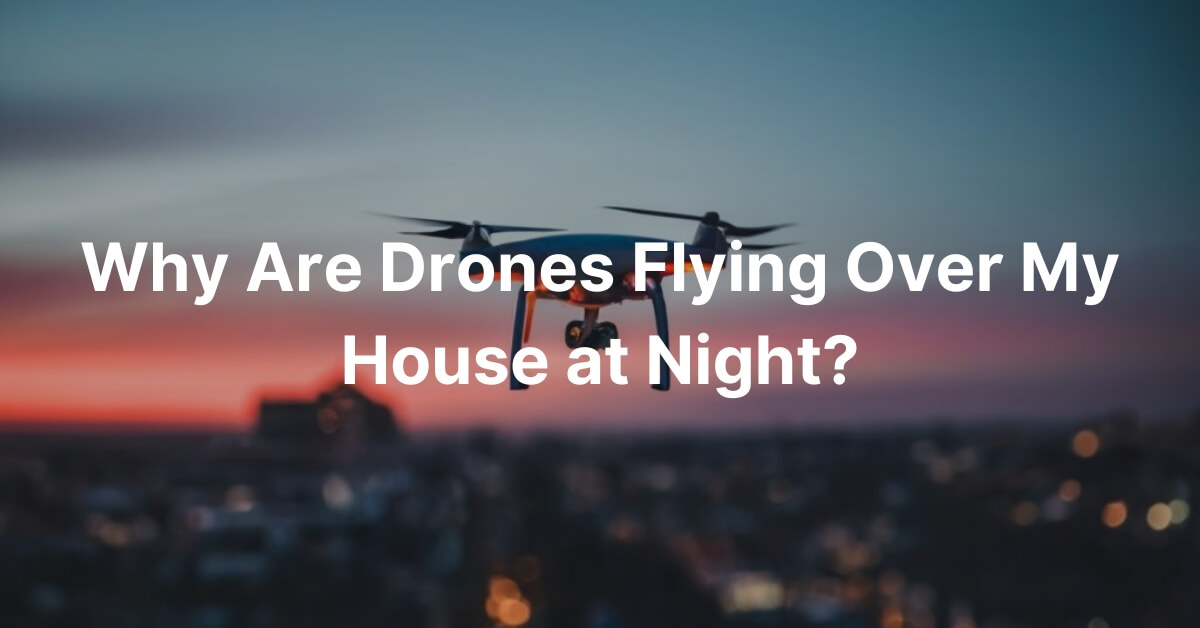

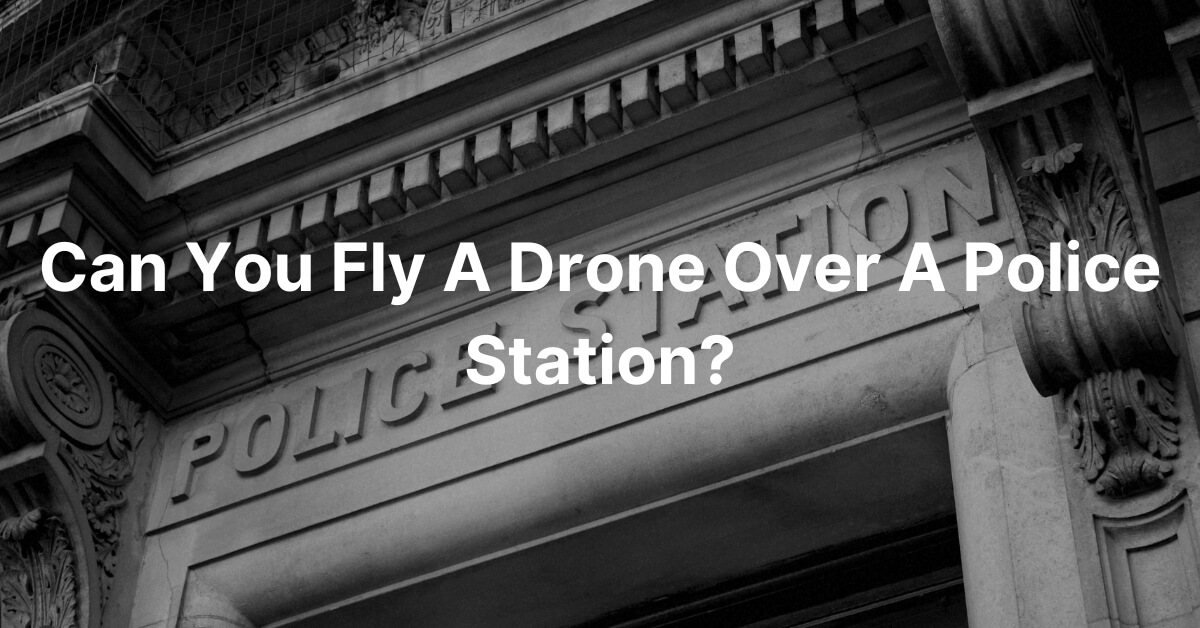
One Comment
Wow, awesome weblog format! How long have you been blogging for?
you made blogging glance easy. The total glance of your website is fantastic,
as neatly as the content! You can see similar here sklep internetowy